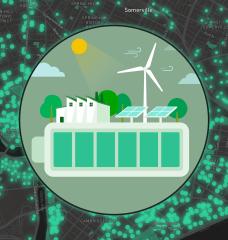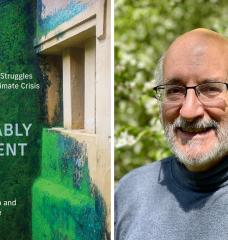
Humans have long used sophisticated heating and air-conditioning technology to adapt to any climate in the world, but at what cost?
Alpha Arsano SM ’17 asked herself that question as she watched more and more skyscrapers rise up in her hometown, the Ethiopian capital Addis Ababa. “They were mimicking the kinds of buildings found in Dubai and other countries,” she says. Building techniques such as earthen walls, natural airflow, and insulation, used for centuries to complement Addis Ababa’s temperate climate, were being abandoned in favor of massive, glass-walled buildings that relied on mechanical systems for climate control. “If I showed you a picture of one of these high-rise buildings, you wouldn’t be able to tell where in the world it was from.”
Then a student at the Ethiopian Institute of Architecture, Arsano began investigating how buildings might become more environmentally sustainable by taking advantage of passive strategies to save energy—including orienting buildings to take advantage of light and air flows and circulating natural air rather than using air conditioning. Her journey took her to a fellowship with a green engineering company in Germany and eventually to MIT, where she is pursuing a doctorate in architecture and building technology at the School of Architecture and Planning.






